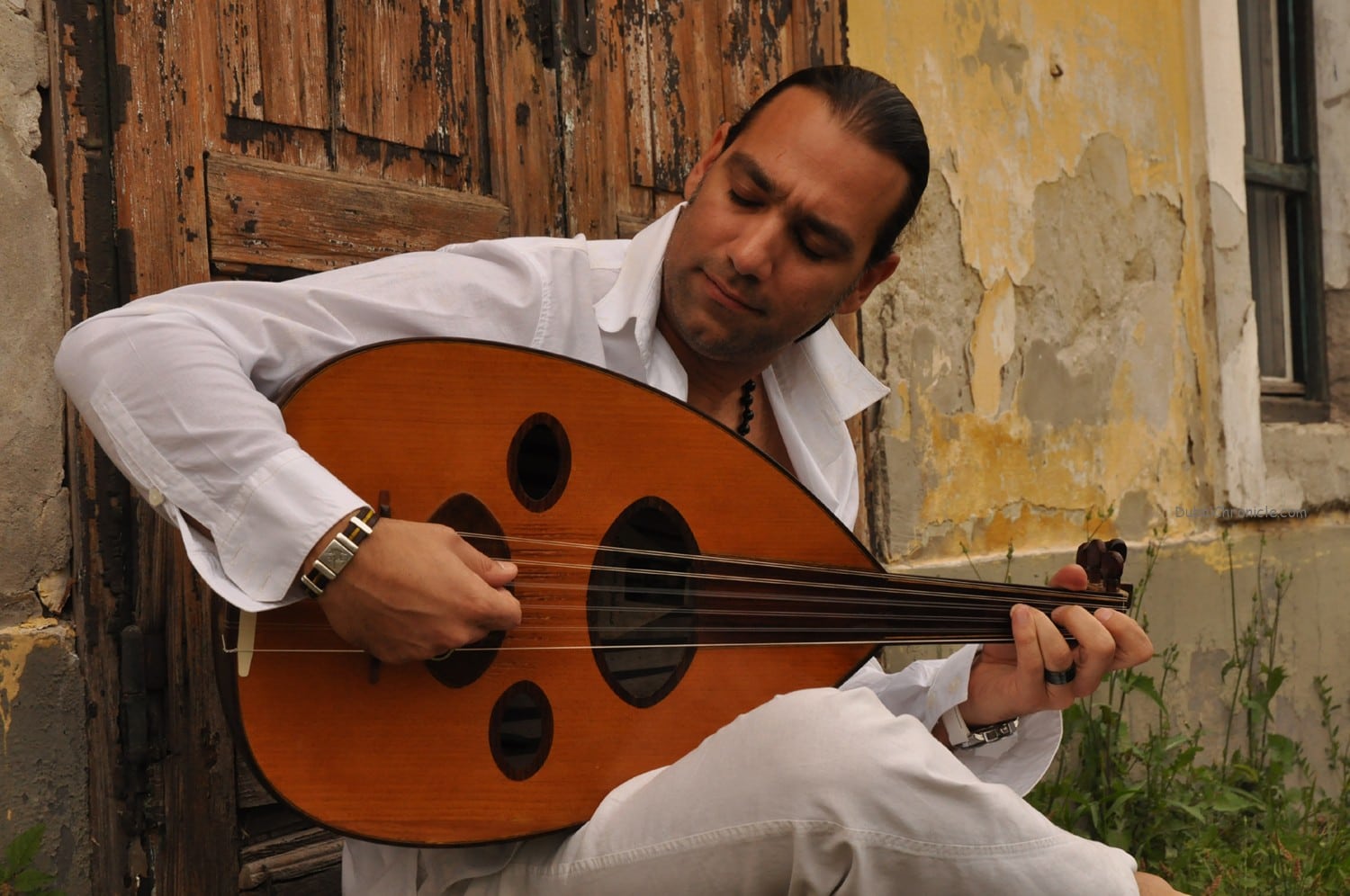Ethnically
speaking, Iraqi music incorporates the traditions of Arabic, Kurdish, Turkmen,
and Assyrian music. Poetry has long played an important part of Iraqi music, no
matter what ethnic background or region a person was from. Because many songs
were essentially sung poetry, many singers utilized a lower, more comfortable
and conversational range for the melody line. Melodies happened to follow more
of a step pattern rather than jump around.
The
style of music most associated with Iraqi classical music is maqam. Maqam is
more specifically a set of melodic modes where the musician applies a set of
improvisational rules to create new modal variations. To me, this seems very
similar to how ragas work in Indian classical music. There are many different
types of maqam, designed to evoke different emotions and characteristics.
Iraq
is known for three instruments: the oud (a short-necked, pear-shaped stringed
instrument), the joza (also known as the rebab; a type of bowed string
instrument that looks like an electric violin), and the Iraqi santur (a
Mesopotamian hammered dulcimer). There are also a variety of flutes and
percussion instruments as well. Studying the oud is quite commendable in Iraq,
and there are many classically trained oud players in Iraq. Today, modern
instruments are often used along with classical Middle Eastern instruments.
The
Iraqi National Symphonic Orchestra is the premier orchestra in Iraq and is located
in Baghdad. They primarily play European music as well as music composed by
Iraqi composers and music using traditional instruments. This orchestra has
undergone several periods of hardships with many periods of time where they had
to practice underground along with times when they had no funding or even a
place to practice. But I recently came across this interview with Karim Wasfi, the conductor of this orchestra, that speaks
volumes to the power of music.
Dance
traditions in Iraq are tied to its music and have been a part of its culture
for thousands of years. The hacha’a dance is very similar to belly dancing
except with less hip movement and slightly more movement in the hands and
neck. This dance is a solo dance
for women, and a drummer dances circles the woman. It's also designed for women with long hair since they swing their hair around in the dance. The dabka is a Kurdish dance where the dancers form a line
and move their shoulders in rhythm while rhythmically stomping the ground.
There
are quite a few pop bands from Iraq.
One star widely known throughout the Arab world is Kadim Al Sahir. He
mixes traditional sounds with a quasi-dance beat. I kind of like some of the
music I heard. I can understand why he’s popular. There are a lot of musicians
in this style, and I found the differences in their sounds are moderately subtle.
Ilham Al Madfai’s style sometimes reminds me of various Mediterranean styles. Ali
Al Essawi makes use of various string instruments with traditional singing
styles, but I can tell there might be some Western influence in some of the riffs.
Shatha Hassoun is a female singer who falls in the same category. Majid Al
Muhandis also falls into this category, but I’ve noticed he pulls in a lot of
Arab percussion into his music.
Iraq
even has its own boy band called Unknown To No One. They sing in both English
and Arabic. (You can also briefly see an old man playing the joza.) This
particular video is pretty moving. I suppose I’m fairly sensitive to the
effects of how living in a war zone has on the children.
And
surprisingly, Iraq also has a metal band called Acrassicauda. I’m not the
hugest metal fan, but I have opened up to it more in the past year or so. I was
fairly impressed with what I heard. So, without further ado, here’s probably
your first listen of Iraqi metal music.
Up
next: the food

No comments:
Post a Comment